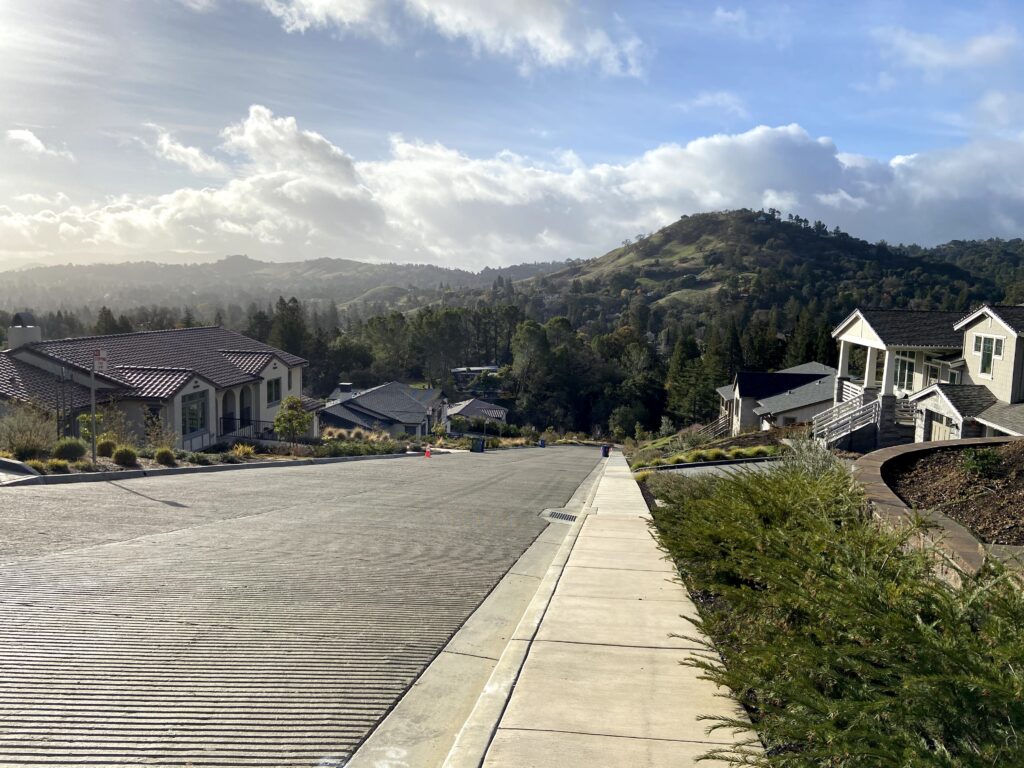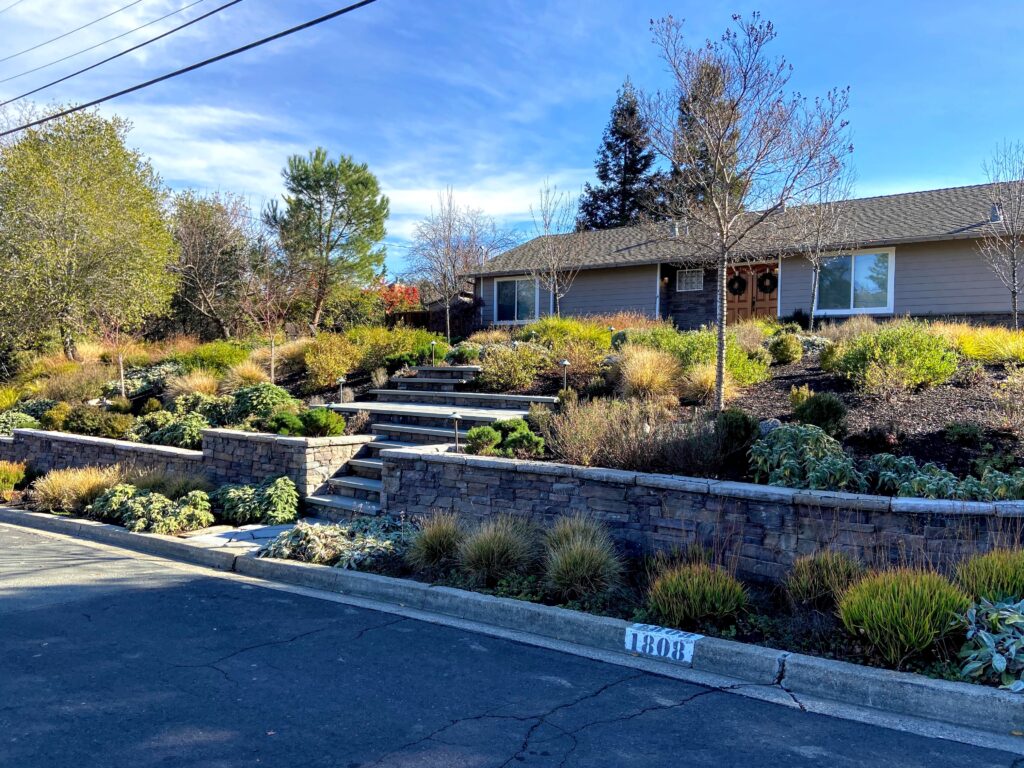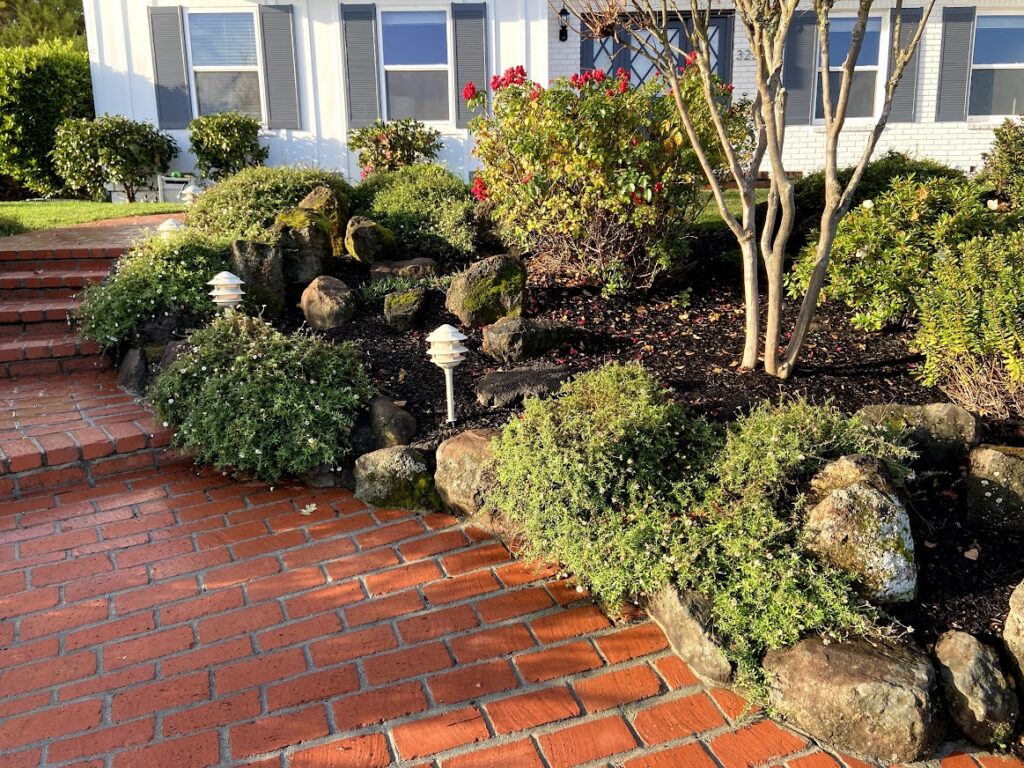Homeowners Associations: Overcoming Barriers to Sustainability
Rania Theodosi | March 14, 2023

Welcome to the new normal, where Americans are returning back to a pre-global Pandemic life. During the Pandemic, homebuyers experienced low housing inventory. According to Zillow Research, nationwide for-sale inventory declined from 1,297,833 available homes in December 2019 to only 751,544, available homes in December 2021. As we journey back to normalcy, interest rates for a 30-year mortgage have increased to over 6.5%, and the market is beginning to see an increase in inventory. Zillow reported 1,0767,148 available homes as of the end of October 2022. This uptick in available homes is also due to the new construction. In 2021, construction began on 1,601,000 new privately owned homes, a 163% increase over the past decade. There was such a high demand for housing during the global pandemic, developers seized the opportunity to build; many in neighborhoods with Homeowners Associations (HOAs).
Homeowners Associations are self-governing organizations where homeowners collectively manage their neighborhood, including areas under common ownership, such as open space, recreational amenities or privately-owned roadways. They typically provide a set of guidelines often referred to as codes, covenants, and restrictions (CCRs) that regulate appearance and activities on home properties as well as common properties. This self-governance comes at a price: In 2022, the national average for an HOA fee is $200-$300/month for single-family home. As of October 2022, 82.4% of the newly constructed privately owned homes sold in the United States were regulated by an HOA agreement. This translates to about 53% of all homeowners living within an HOA community.
Homeowners Associations are often marketed as simple, community-based approaches to protecting home values by maintaining a positive neighborhood aesthetic, while also funding shared services and safety features. But a recent study by Madeline F. Carr and Daniel Boyd Kramer highlights that being a member of an HOA may not be simple if the homeowner is environmentally-minded.
Their study revealed that the majority of HOA CCRs studied were “more restrictive than local municipal codes and can regulate myriad issues including house color, street parking, open garage doors, displays of political signs or flags, pet ownership, playing of music, and alcohol consumption while often catering to specific communities identified by age, religion, and sexual orientation” (P. 3). When it comes to environmental sustainability, “HOAs rarely use their CCRs to promote sustainable development and more often create barriers through clauses related to home structure, landscaping, and energy use” (P.1). While these barriers are substantial, there are ways in which a homeowner can advocate for more sustainable policy and practices in landscape design and management, energy production, and construction methods.

Restrictive Plant Palettes
HOAs set the standard by typically providing a list of non-invasive plant species that are approved for use in the association, commonly referred to as the plant palette. The goal these standards is to create cohesion, consistency and promote a narrowly-defined concept of beauty in the landscape. These palettes are often adapted from other locations without much analysis, and fail to consider water needs or ecological benefits of native plants. As a result, they often promote exotic species with greater water needs, and extensive use of turf grass.
An alternative approach would be encourage neighborhood participation in revising these plant lists. Ask for volunteers who may be passionate about gardening to learn more about native, drought tolerant and low maintenance plant palettes. Give homeowners the option and promote the removal of turf front lawns through incentives, providing guidelines on how to create a new landscape. Research shows that landscapes that are ecologically beneficial can be designed to appeal to the aesthetic of suburban homeowners, through strategies that demonstrate explicit care and management.
Restriction on Personal Gardens
Often for aesthetic and consistency reasons, personal gardens, such as herb, vegetable, cactus, or pollinator gardens, are limited or banned. This limits the ability of homeowners to grow their own food or pursue their hobbies, often due to concerns that arise when gardens are abandoned or poorly maintained.

In associations where personal gardens are not an option, HOAs can strengthen neighborhood connections by developing a community garden. This space will not only encourage socialization, but give homeowners another venue in which they can be proud and grow a personal garden. The HOA can regulate the maintenance and work with community members to find a spot within the property to host garden. Most HOA communities have one or more dedicated park areas; a portion of these areas could be converted.
Restrictions on Water Features and Permeable Landscape Materials
Once again, these features are commonly restricted for aesthetic purposes and ease of maintenance. While the restriction of water features may seem reasonable, many hydrological features recycle water, attract pollinators, other wildlife, and are often important cultural and spiritual amenities. Permeable hardscape materials often raise maintenance and appearance concerns with HOAs, but they help with water distribution to plants, prevent certain pollutants from contaminating water bodies, and promote safety by keeping surfaces clear of puddles.
An alternative to banning would be to take a performative approach to these amenities, allowing them under conditions where they do not increase overall water usage or pose maintenance headaches. In areas where homeowners have reduced water consumption in other parts of their landscape, water features may be permitted where overall consumption is not increased. Feature design, size and placement decisions can greatly reduce water loss due to evaporation. With proper education and oversight, an HOA may allow a certain percentage of front lawns to use approved permeable materials, particularly in areas where erosion of loose materials is not a concern.
Restriction on Energy Production
In California, Civil Code 714, makes it illegal to prohibit a homeowner from installing solar panels. However, CCRs can be very restrictive with the placement of solar panels, which can limit production. The layout typically must be approved prior to installation. Carr and Kramer found In other states, that alternative energy methods were prohibited in 32% of sampled CCRs, and 29% had wattage restrictions for outdoor lights, with a limit of 100 watts. In contrast, the International Dark Sky Association recommends shielded LED outdoor lights at 3000 Kelvin or below to reduce energy consumption and light pollution on local ecosystems.

An alternative approach would be for the HOA to pursue state and city incentives that promote alternative energy solutions. CCRs can still provide guidelines, like restricting solar to rooftops or less visually-prominent locations, but consideration needs to be give to solar orientation. Resources can also be provided to mandate energy efficient outdoor lighting and to show the importance of why all common areas should include energy efficient lighting.
Energy Efficient Construction
Leadership in Energy and Environmental Design (known as LEED) aims to incorporate new standards for green building design, often offering credits to developers for having their project LEED certified. However, it is very costly and challenging to implement LEED standards into existing communities.
HOAs can work with members of the community to assess what features can be converted into LEED green features, and require all new construction within community to meet LEED standards. However, other common-sense strategies can be used to increase energy efficiency without certification. These strategies range from simple weatherization of doors and windows, to landscape strategies designed to reduce cooling needs of homes through tree planting to shade homes from the hot summer sun. Homeowners can be incentivized to participate in these efforts that will reduce their energy costs, particularly related to heating and cooling of homes.
Become an Advocate for Sustainable CCR Changes in Your HOA
When a member of the community call for change, both the neighborhood and environment can benefit. Although it can be a time-consuming and rigorous process to amend CCRs within an HOA, choose to be an environmental advocate for your community. The process of change is temporary but the environmental benefits are long lasting.

Rania Theodosi is a graduate student in the Master of Landscape Architecture Program at Cal Poly Pomona. Her passion is designing thematic and low impact landscapes.